
Eye Tracking
Eye movements carry a lot of interesting information. They reflect what people are paying attention to, and they have some strange effects on how people perceive space and time. Eye movements can even reveal any damage to different parts of the CNS. To measure eye movements, we use small video cameras to trace the movements of the pupil and thereby determine people’s gaze direction.
Hand Tracking
Just like eye movements, movements of various parts of the body are highly informative. To capture the movements of people, we attach small spherical markers to their hands and arms, etc. The markers reflect infrared light that is then sensed by three cameras and converted into 3-dimensional positions, 240 times per second.
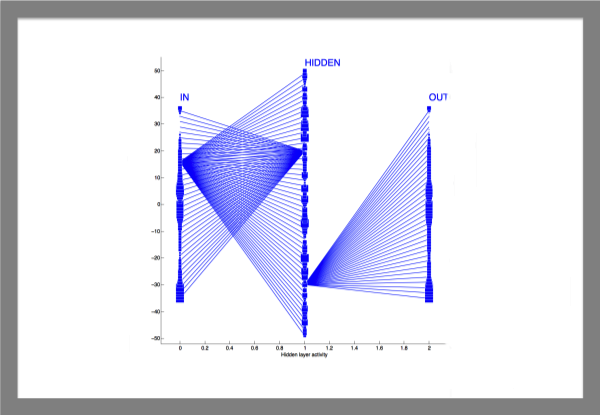
Computer Simulations
We use simulations for two reasons. One is to establish models of cognitive and perceptual functions. Often those models are too complex to simply write them down on a piece of paper. Simulating models on a computer can help check whether they do what they are supposed to do. Sometimes simulations do unexpected things that then become the predictions of future experiments. The second purpose of computer simulations is to analyze data. For example we use machine learning to analyze EEG data.
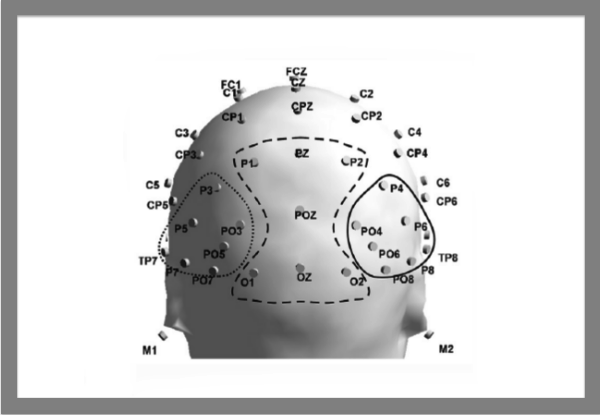
Electroencephalography (EEG)
EEG uses electrodes placed on the head to pick up electrical signals from the cortex that change in correlation with cognitive processes. The great strength of EEG is that it is very accurate in time. In addition, we combine EEG research with artificial intelligence. That is, we feed EEG signals into computer algorithms that are capable of learning to guess in which situation the EEG signals were recorded; while the participant looked at different objects, while she or he were about to make a hand movement and so forth.
To learn more about the EEG research being conducted here at UTSC, visit the CoNE lab for more information.
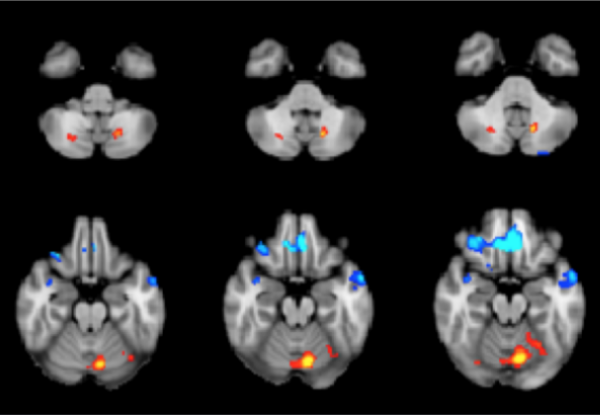
Functional Magnetic Resonance Imaging (fMRI)
Whereas EEG is temporally accurate, fMRI has much better spatial resolution. We use fMRI to identify the functional networks of areas involved in functions of spatial attention and visual awareness.
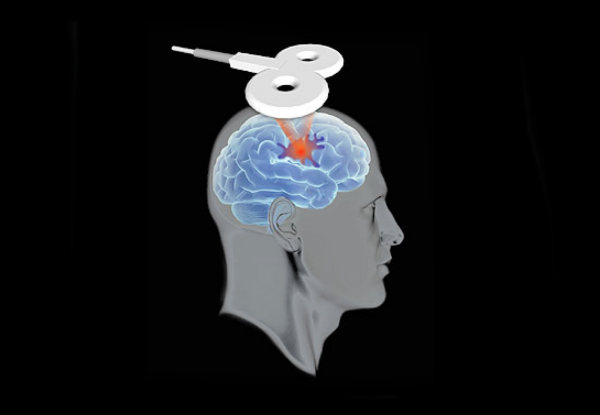
Transcranial Magnetic Stimulation (TMS)
Magnetic pulses traveling through the skull can disrupt activity in the brain areas below. The disruptions are non-invasive as they merely last for milliseconds with effects that are very subtle. The advantage of TMS over EEG or fMRI: it tests whether a brain region is causally involved in a task – or whether it is only co-activated but not essential for the task.
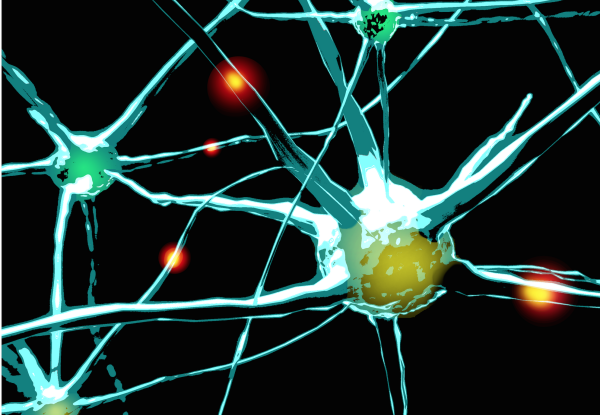
Neuropsychology and Special Populations
We study individuals with ADHD or Autism Spectrum Disorder (ASD). We are also interested in testing patients with brain damage due to stroke.